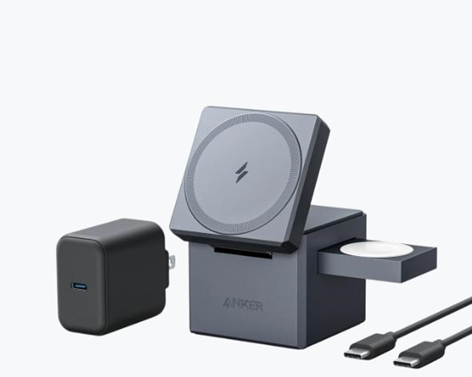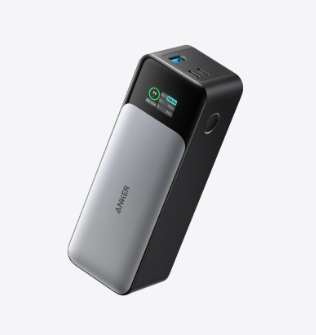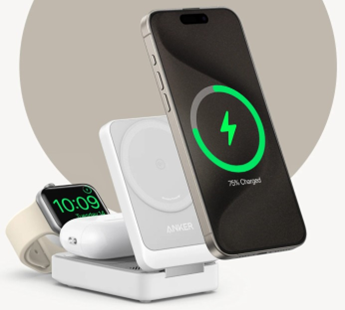Integrated Services Digital Network Switch
Functions
The functions of ISDN switches include:
① Carrying and exchanging user information, that is, the switch enters the time division multiplex line (from the user or from other networks in the network). The digital information on the switch is forwarded to the specific channel of the required output time-division multiplex line (connected to the user or other switch) to meet the user's communication needs. These digital information may come from different original signals (such as voice, text, images, data, etc.), but they are all transmitted in a unified digital form on the digital multiplex line. ISDN switches deliver and distribute them according to user requirements.
②To communicate with users and other ISDN switches, that is, to transmit control signaling according to a certain protocol, so that different devices in the network can coordinate their work and jointly complete communication control. Since ISDN adopts the common channel signaling method, the ISDN switch must have the functions of receiving, sending and processing common channel signaling.
③Provide interfaces for intercommunication with different existing communication networks, enabling ISDN users to communicate with similar users in different networks such as existing telephone networks and packet data networks.
④Provide the necessary maintenance and management means and man-machine communication interface, so that the switch can be maintained and managed automatically or by the operator, to ensure the reliability of the system, and to effectively control users and network resources. Management.
Narrowband ISDN switch structure
Narrowband ISDN switch is developed on the basis of program-controlled digital telephone switch. Its structure is very similar to that of a program-controlled digital telephone exchange. However, in order to adapt to the characteristics of ISDN end-to-end digital connection and provide various basic and additional integrated services, the software and hardware structure of the ISDN exchange is more complex than that of the program-controlled digital telephone exchange. Its structural block diagram is shown as in Fig. 1.

User and trunk line interface (L/T) Including the user access switch interface and other switches access the switch interface through the trunk line. In general, not all ISDN switch users are integrated service users, but always include some analog telephone users. Therefore, the user interface of the ISDN exchange retains the user circuit of the program-controlled digital telephone exchange, and converts the analog voice signal into a digital signal in the user circuit. The more important part of the user interface is the digital user interface. ISDN users access the switch through two types of digital user interfaces: one is the basic interface, including "2B+D" channels; the other is the primary group rate interface, including "30B +D" or "23B+D" channel. The former is a two-wire interface, which is the same as the subscriber line used by analog phones. The latter is a 4-wire interface, using PCM transmission line. According to the reference configuration of ISDN user-network interface recommended by CCITT, the digital user interface should include line terminal LT and switch terminal ET. Two functional blocks, see Figure 2. Among them, LT is responsible for the transmission of subscriber lines, completing functions such as line coding, timing, synchronization, and power supply. Measures must be taken to improve the transmission characteristics of subscriber lines, such as echo cancellation or time compression to ensure 144 kbit/s on the basic interface. s Two-way digital signal transmission; ET is responsible for the access control of digital users. On the one hand, the user information in the B channel (64 kbit/s) is multiplexed onto the PCM bus via the PCM interface to be the same as other L/T devices Access to the switching network N; on the other hand, the control signaling in the D channel is processed, the user’s request and response are translated and sent to the control part C of the switch, and the command of the control part C is converted into the D channel signal令 sent to the user.
Many types of ISDN switches can mix the digital user interface and the analog user interface in the same user unit, and the ratio of the two can be changed as needed.
Trunk line interfaces include interfaces to other ISDN exchanges and interfaces to existing telephone exchanges, some of which are analog transmission interfaces. The physical characteristics of the ISDN switch trunk interface are the same as the trunk interface of the program-controlled digital switch.
Signaling equipment (S) is responsible for the reception, transmission and processing of all signaling on subscriber lines and trunk lines. According to the characteristics of the ISDN network using common channel signaling, the main task of part S is to process common channel signaling, including D channel signaling and No. 7 signaling. In order to communicate with the existing telephone network, the S part should also retain the ability to process channel-associated signaling (such as China No. 1 signaling), and the D-channel signaling should comply with the Q.921 and Q.931 protocols recommended by CCITT. The message transmission part (MTP) and telephone user part (TUP) of No. 7 signaling have been widely adopted in the telephone network, and ISDN exchanges should retain these functions. In addition, in order to support ISDN services, ISDN user part (ISUP) and signaling connection control part (SCCP) must be added to the No. 7 signaling system. The former is used to control the establishment and disconnection of ISDN calls, and to transfer signaling messages related to ISDN services; the latter is used to establish a virtual circuit connection for signaling transmission between two ISDN exchanges to facilitate batch signaling messages (Such as maintenance, management messages) transmission.
Switching network (N), also known as switching matrix, is a device that provides circuit connections and transmits user information. The switching network N is composed of a time switch T and a space switch s, which completes the exchange of information in time and space. The switching network of ISDN switches is the same as the switching network of program-controlled digital switches, and both aim to provide 64 kbit/s circuit connections. When it is necessary to provide n×64 kbit/s or H1 channel (1 536 or 1 920 kbit/s) connection, find a way on the control software.
The control part (C) is composed of a computer and corresponding control programs and is responsible for the control of each part of the switch. Like modern program-controlled digital switches, ISDN switches generally adopt a distributed control structure. That is, the control function is distributed to each part of the switch, so that L/T, S, N, PH, and O&M have their own processors, and the center only reserves limited functions such as resource management, operation and maintenance. Different types of ISDN switches have different control function distribution methods.
Operation and maintenance part (O&M) includes computer peripheral equipment, alarm board, measurement table and other man-machine communication equipment for maintenance and management personnel.
The packet processor (PH) provides packet processing functions, enabling ISDN users' packet terminals to communicate with each other and to communicate with the public packet switched network (PSPDN). The protocol implemented by PH is X.25, which is consistent with the protocol of PSPDN. PH is not an indispensable part of ISDN switches. Many countries have decided not to adopt PH. The reason is that PSPDN in those countries is very developed and ISDN no longer needs to provide packet switching capabilities. When the ISDN switch is not equipped with PH, ISDN communicates with PSPDN in a circuit connection mode (that is, X.31 CASE A mode), and the communication between X.25 terminals within ISDN is also exchanged by PSPDN.
In the late 1980s, several major program-controlled digital switches in the world (such as S12, EWSD, AXE-10, 5ESS, E10, NEAX61, DMS-100, D-60/70, etc.) It has been expanded into narrowband ISDN switches, which operate in the communication networks of many countries and provide integrated services.
The development of narrowband ISDN has not achieved the expected results, on the one hand because its speed is not suitable for the needs of image services; on the other hand, because the results of broadband ISDN research have shown new and better results to people Communication network.
Basic Principles of Broadband ISDN Switches
Broadband ISDN switches use asynchronous transfer mode (see Asynchronous Transfer Mode Exchange) to transmit information. All information is assembled into cells and transmitted in an asynchronous time-division multiplexing manner. The cell length is 53 bytes, including a 48-byte information segment and a 5-byte header, which contains the routing information of the cell. The main task of the broadband ISDN switch is to quickly send the cell to the destination based on the routing information in the header. Broadband ISDN switches no longer use separate circuit switching and packet switching entities, but instead use a unified ATM switching structure to exchange information for all broadband ISDN services. Many countries have successfully developed broadband ISDN switch models and launched broadband ISDN experiments.
Latest: 9527 (Internet language)
Next: Digital network








